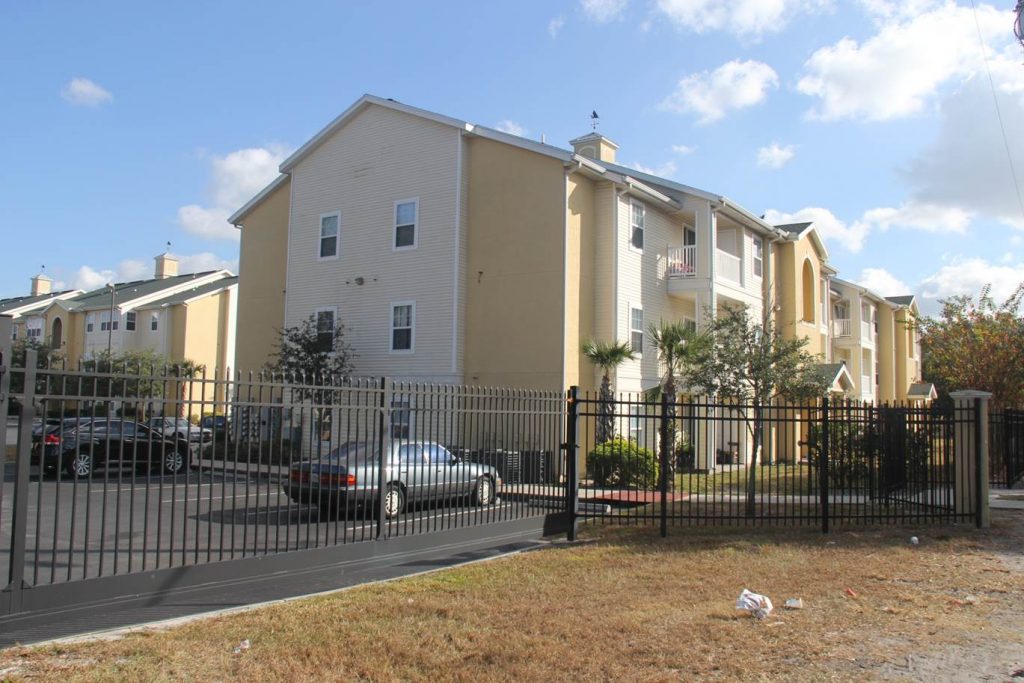As commercial real estate brokers, we at Tampa Commercial Real Estate counsel our clients on how to improve their chances for success. One of the most important steps in the process of the acquisition of a property is to secure financing. It is imperative for investors to understand how to work with a lender and what information your lender will require in order for you to receive financing in the shortest possible time. Andrew LaSalla, a Principal at LSG Lending Advisors is a respected lending advisor who shared his thoughts on the subject with Tampa Commercial Real Estate.
How to Find Out Everything You Need to Know about a Multifamily Property, Before You Invest
Multifamily properties can be healthy investments. However, before you buy an existing multifamily apartment building, careful research must be done to determine whether to move forward with the property you’re considering.

Use this article as a guide to get the information you need before purchasing a multifamily property.
Request Information from the Current Project Owner
The first step is to ask the existing project owner for the current rent roll and the last three years of historical operating statements for the project.
Rent Roll
The rent roll includes important data such as the type of unit, unit size, rent received, any subsidies for affordable units and whether units are occupied or vacant. It will also include move-in dates and lease expiration dates which can help you determine how long renters tend to stay in the building, whether most renters stay long-term or if there is a high rate of renter turnover.
Historical Operating Statements
Historical operating statements give the investor a snapshot view of the historical revenue of the property and ancillary income. They also provide a glimpse into the cost of expenses, including utilities, payroll, advertising, repairs and maintenance, security, property taxes and insurance, as well as other operating expenses. It is important to compare these expenses year-over-year, and look into large variances in further detail.
One-off capital expenses to upgrade the project, such as the installation of new HVAC systems, roofs, windows and siding, should be categorized separately. A common mistake is to categorize expensive, one-time repairs under “repairs and maintenance”. This will result in higher expenses and lower net operating income.
Look at the Last 3 Years of Occupancy
Investors should also review the occupancy records for the last three years. Look into whether occupancy has increased, decreased or remained consistent.
- If the occupancy has decreased, is it due to newer projects in close proximity, increased unemployment in the area or poor management?
- If the occupancy has increased, is it due to the market, or were large concessions offered to decrease vacancies?
Review Data from Nearby Multifamily Apartments
Once you have gathered and reviewed financial information on the property you wish to buy, look at data for other multifamily apartments in close proximity and in the same market.
Compare properties in the same class (A, B or C) with the property you wish to buy. Look at unit sizes, rental income and expenses compared to the project that you are looking to purchase.
Remember that older properties, such as class C assets, may require significant capital to make improvements that would justify increasing rents to compete with newer projects.
Use Data to Plan for the Future
Experienced investors should use operating statements to assess where expenses can be reduced and where revenues can be increased in order to get the return they are looking for. Consider how long major renovations will take and how much they are likely to cost. If you are serious about a property after reviewing the financials, request recently-completed third-party reports, including a CNA (Capital Needs Assessment) report and the most recent appraisal.
How to Secure Financing from Your Chosen Lender
It is important to note that lenders will also review a project’s historical operating statements when an investor approaches them for financial services. Lenders do not underwrite based on future projections.
When you are ready to request a term sheet from your chosen lender, having the following items available will help them expedite your request:
- The current rent roll.
- Trailing 12-month operating income statements.
- The last 3 years of operating income statements.
- Acquisition date and purchase price of property.
- Property address.
- Résumé of principals.
- Personal financial statement.
- REO (Real Estate Owned Schedule).
- Mortgage statement (reflecting current debt and reserves).
- A list of repairs and capital improvements made in the last 3 years.
- Proposed or required repairs to the project.
- Low-income occupancy covenants and approved utilities, if applicable.
- Any third-party reports that have been completed in the last 5 years.
- A copy of the organizational chart of ownership.
- The original and current HAP contract, if applicable.
Invest with Confidence
With a thorough understanding of how the multifamily apartment project you’re interested in currently operates and how it compares to competitor projects, you can make an informed decision to invest.
This blog post was contributed by Andrew LaSalla, Principal at LSG Lending Advisors. Andrew is a trusted financial consultant dedicated to helping clients secure loans for multifamily, healthcare, affordable housing and student housing properties.

Write a Comment